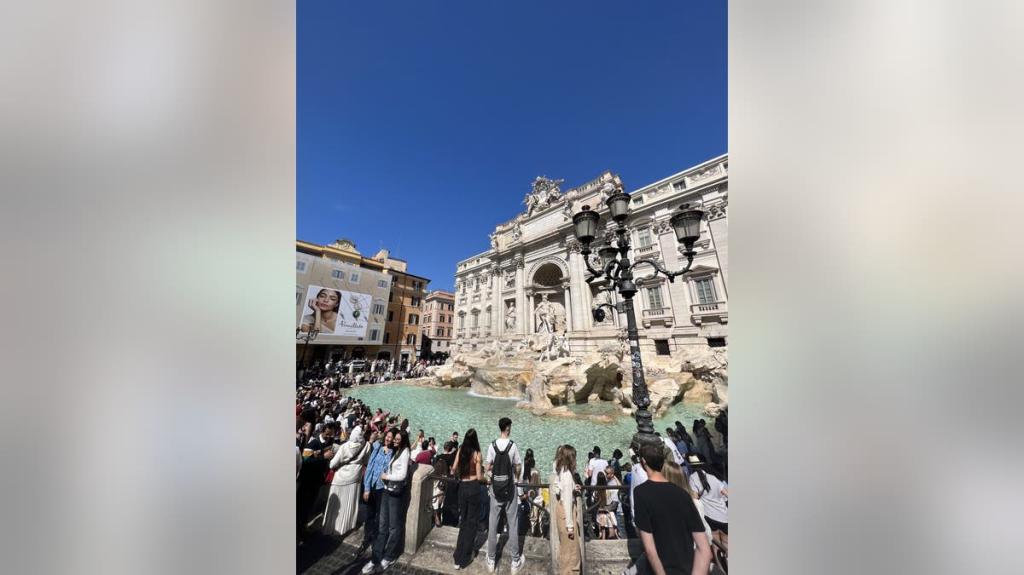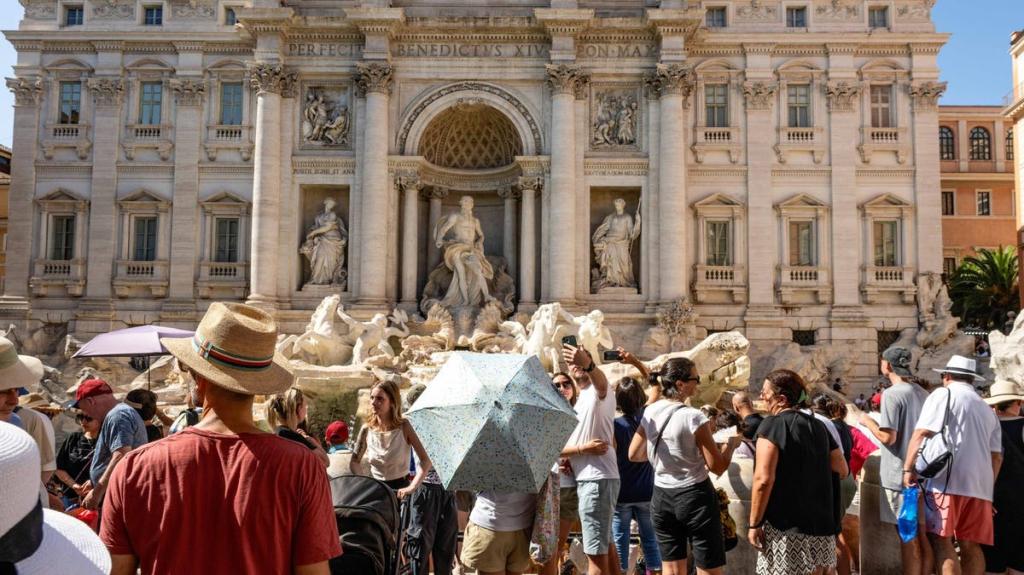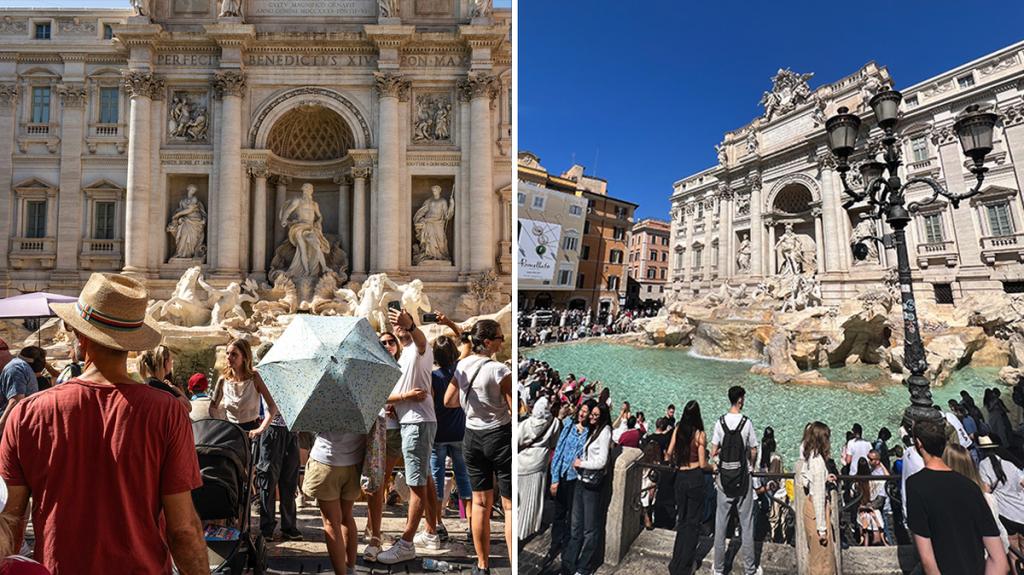Rome Considers Entry Fee for Trevi Fountain Preservation
Rome is exploring a small entry fee for the Trevi Fountain to manage tourism and ensure its preservation for future generations.

Key Points
- Rome is considering a two-euro entry fee for the Trevi Fountain
to manage tourist crowds and protect the landmark's integrity.
- The proposed system aims to limit access to those entering the fountain's steps, while allowing free access for residents.
- Revenue generated from the fee could help fund ongoing maintenance and conservation efforts for the iconic fountain.
The Trevi Fountain, an iconic symbol of Rome, is more than just a picturesque spot for tourists to toss coins and make wishes; it's an integral part of the city's cultural heritage. However, with the influx of millions of visitors each year, the maintenance and preservation of this Baroque masterpiece have become challenging. Recent proposals suggest implementing a small access fee to manage the flow of tourists, echoing similar strategies employed by other major cities. This move could significantly impact how we experience the fountain and help preserve its beauty for future generations.

The Challenge of Overcrowding
Rome is at the forefront of a global struggle to manage overwhelming tourist numbers. In 2023 alone, the city attracted a staggering 50 million visitors, exceeding its previous records. The authorities have been keenly aware of the growing chaos, particularly at the Trevi Fountain, a spot where visitors are often found jostling for that perfect selfie. Alessandro Onorato, Rome's top tourism official, voiced this concern, stating, “We need to safeguard two things: that tourists don’t experience chaos and that citizens can continue to live in the center”.
The proposed solution? A modest entry fee of two euros, to be charged only to those stepping onto the nine marble stairs directly leading to the fountain. This fee reflects the average coin tossed in the fountain when making a wish, thereby maintaining the beloved tradition while also contributing to its maintenance.
Successful Precedents in Other Cities
This initiative draws inspiration from
, which began charging tourists an access fee to combat the same issues of overcrowding and preservation. By regulating visitor flow through reservations and timed entries, Venice aims to create a more enjoyable experience while safeguarding its historical sites. Major attractions like the Pantheon in Rome have successfully introduced similar measures, charging a small fee to oversee access efficiently.

Enhancing Visitor Experience and Conservation
Implementing this system could ultimately lead to a richer experience for both visitors and residents. By managing the number of tourists entering the area, officials can ensure that each visitor enjoys a peaceful moment with this stunning piece of art. Furthermore, the proposed system aims to discourage disrespectful behaviors, such as eating in the vicinity and feeding pigeons, which can detract from the fountain's integrity.
Additionally, the revenues generated from the fees could be reinvested in the upkeep and conservation of the fountain, ensuring that it remains a cherished landmark for all. The city has reported collecting over 1.4 million euros in coins from the fountain each year, and incorporating a fee structure could substantially enhance available resources.

Looking Towards the Future
As the city prepares for the anticipated influx of over 30 million pilgrims during the 2025 Jubilee Holy Year, the urgency for solutions becomes critical. Implementing a reservation-based access system would allow Rome to set a precedent for responsible tourism management, promoting a balance between enjoying cultural heritage and protecting it.
Rome’s journey towards implementing a pricing system at the Trevi Fountain emphasizes a broader conversation about how cities can navigate the challenges of mass tourism. By proactively managing visitor access, cities can foster a more respectful and sustainable tourism environment.
In summary, the potential for a small entry fee at the Trevi Fountain signals a transformative approach to tourism in Rome. As measures are deliberated by the City Council, this initiative holds the promise of enhancing both the visitor experience and the preservation of one of the city’s most beloved landmarks.


